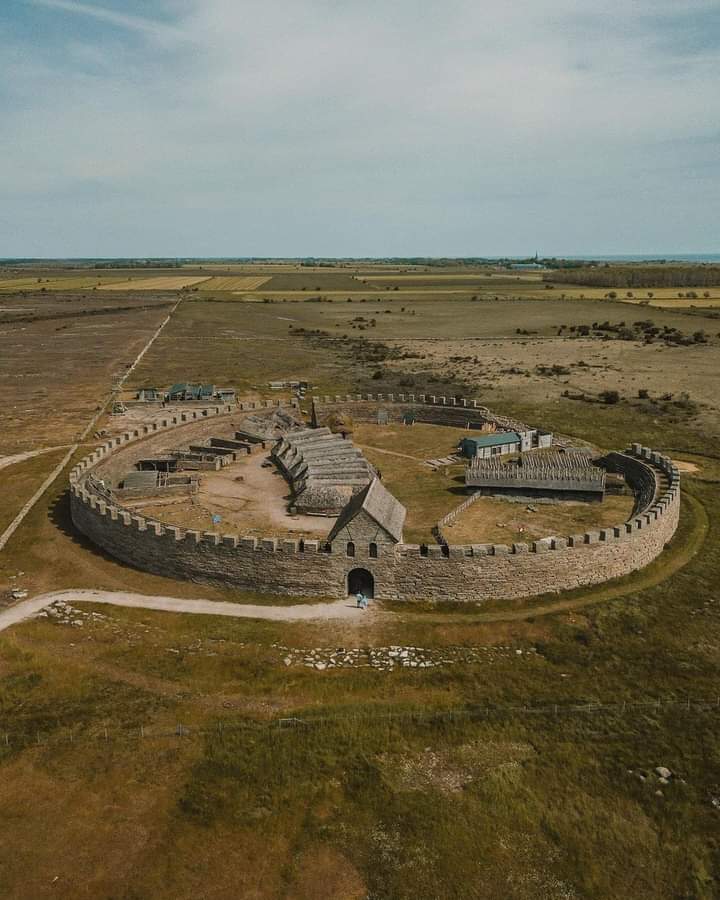
Eketorp is an Iron Age fort, located in southeastern Öland, Sweden, and extensively reconstructed and enlarged in the Middle Ages. Throughout the ages the fortification has served a variety of somewhat differing uses: from defensive ringfort, to medieval safe haven and thence a cavalry garrison. In the 20th century it was further reconstructed to become a heavily visited tourist site and a location for re-enactment of medieval battles. Eketorp is the only one of the 19 known prehistoric fortifications on Öland that has been completely excavated, yielding a total of over 24,000 individual artifacts. The entirety of southern Öland has been designated as a World Heritage Site by UNESCO. The Eketorp fortification is often referred to as Eketorp Castle. The indigenous peoples of the Iron Age constructed the original fortification about 400 AD, a period known to have engendered contact between Öland natives with Romans and other Europeans. The ringfort in that era is thought to have been a gathering place for religious ceremonies and also a place of refuge for the local agricultural community when an outside enemy appeared. The circular design was believed to be chosen because the terrain is so level that attack from any side was equally likely. The original diameter of this circular stone fortification was about 57 metres (187 ft). In the next century the stone was moved outward to construct a new circular structure of about 80 metres (260 ft) in diameter. At this juncture there were known to be about fifty individual cells or small structures within the fort as a whole. Some of these cells were in the center of the fortified ring, and some were actually built into the wall itself. In the mid 600s AD, the ringfort was mysteriously abandoned, and it remained unused until the early 11th century. This 11th century work generally built upon the earlier fort, except that stone interior cells were replaced with timber structures, and a second outer defensive wall was erected. Presently the fort is used as a tourist site for visitors to Öland to experience a fortification for this region. In 2005 the exhibition was the centre of a controversy when the staff recreated Iron Age horse sacrifices which involved presenting real horse heads mounted on poles, based on archaeological evidence. Several children saw the displayed heads and the museum was reported to the police. The case was brought to court, on the basis of improper handling of slaughterhouse byproducts, but the museum was freed on all points. The museum's staff defended their actions on account of presenting the realism of the Iron Age under the guidance of experienced archaeologists. They also pointed out that the Lejre Experimental Centre in Denmark had displayed similar "sacrifices" since the 1970s. The staff was also critical to how the media handled the situation, making a point of Kvällsposten and Expressen having focused on the sensationalism (handling of animal byproducts) of the case rather than the actual legal concerns (improper handling of remains).

The Castellaccio of Monreale or Castle of San Benedetto is the only example of a monastery - military fortress in western Sicily. The castle was built around the 12th century under William II toget...Read more
View (107,650) | Like (0) | Comments (0)
A view of Switzerland. The mountains are the best. The climate is mild and the temperature is pleasant, rarely too hot. The days are generally dry and sunny, with clear views of the mountains and r...Read more
View (34,554) | Like (1) | Comments (0)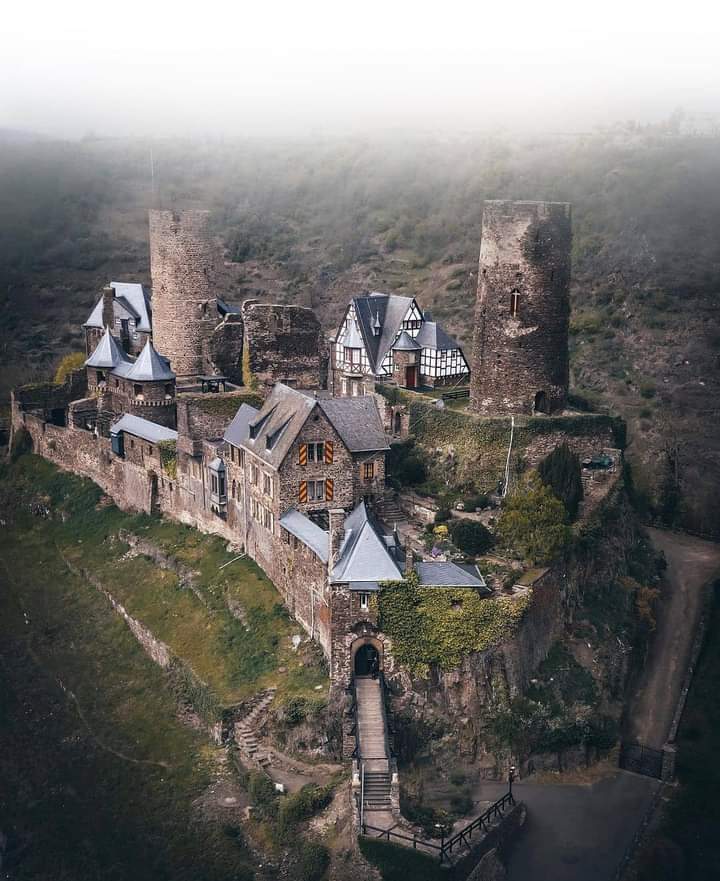
The ruins of the Thurant Castle (German: Burg Thurant, also Thurandt or Thurand) stand on a wide slate hill spur above the villages of Alken on the Moselle in Germany. The castle is in the district of...Read more
View (102,360) | Like (0) | Comments (0)
The Crown of Grace Above the Danube. Perched atop the Várhegy (Castle Hill), Halászbástya (Fisherman’s Bastion) stands like a delicate crown, its white towers and graceful arches gazing over t...Read more
View (76,955) | Like (0) | Comments (0)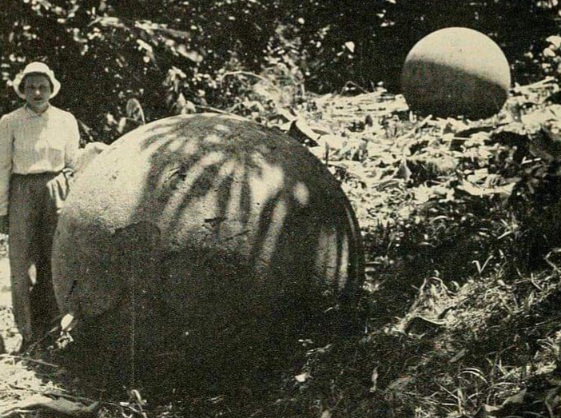
The stone spheres of Costa Rica also known as the Diquís spheres are a collection of approximately 300 petrospheres found in the Diquís Delta and on Isla del Caño in Costa Rica These spheres are no...Read more
View (101,344) | Like (0) | Comments (0)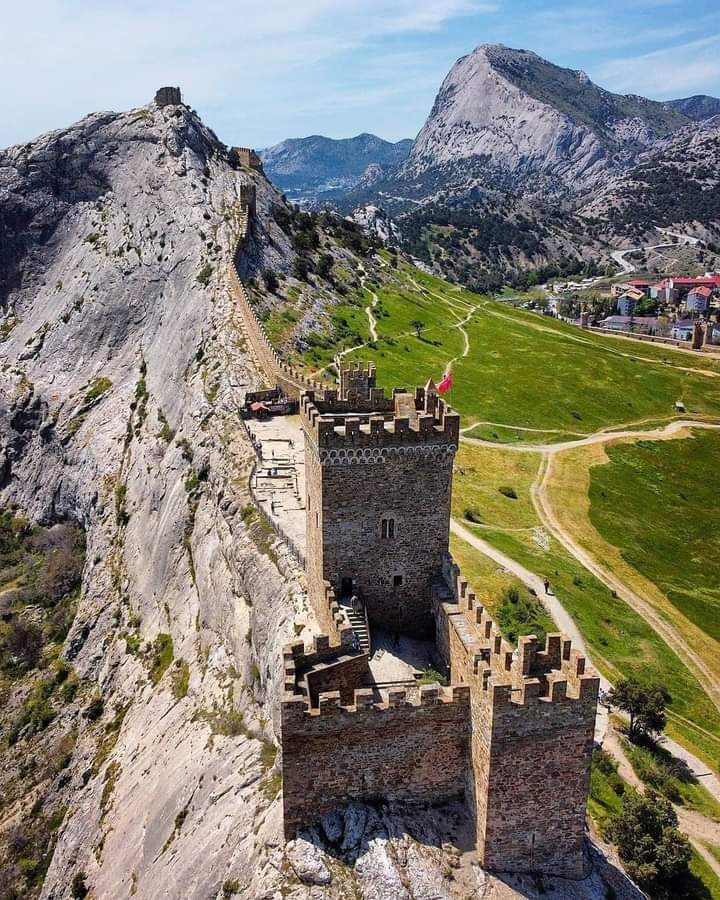
The Genoese fortress (Ukrainian: Генуезька фортеця, Russian: Генуэзская крепость, Crimean Tatar: Ceneviz qalesi) or Sudak fortress is a fortress in Sudak, Crimea, bui...Read more
View (101,313) | Like (0) | Comments (0)
Burg Anholt is one of the largest and most beautiful moated castles of the Münsterland. In memory of a memorable honeymoon trip, Prince Nikolaus Leopold II. zu Salm had a miniature of the Vierwaldst�...Read more
View (107,910) | Like (0) | Comments (0)
Spitzkoppe: Namibia’s Matterhorn of the Desert Rising dramatically from the flat plains of the Namib Desert, Spitzkoppe is one of Namibia’s most iconic natural landmarks. Often called the Matte...Read more
View (47,433) | Like (0) | Comments (0)
The Philae Temple, dedicated to the goddess Isis, is a remarkable testament to ancient Egyptian architecture, with origins in the Ptolemaic period around 370 BCE. Over the centuries, it saw additi...Read more
View (106,796) | Like (0) | Comments (0)
The Forte Spagnolo (Italian for Spanish fortress; locally called il Castello) is a Renaissance castle in L'Aquila, central Italy. In the 15th century, L'Aquila had become the second most powerful c...Read more
View (106,371) | Like (0) | Comments (0)
স্বপ্ন পূরণের সেরা সময় আগামীকাল নয়, এখনই। স্বপ্নগুলো একা কখনো পূর্ণ হয় ...Read more
View (16,870) | Like (0) | Comments (0)
দিনশেষে, সবকিছুর ঊর্ধ্বে গিয়ে শুধুই শান্তি চাই। না টাকা, না নাম, না বাড়ি গাড়ি,...Read more
View (217) | Like (0) | Comments (0)
ভুল করো। কারণ, তাতেই তোমার মূল্য বাড়ে। মাঝে মাঝে ভুল বলো। না হলে বুঝবে কী কর�...Read more
View (23,857) | Like (0) | Comments (0)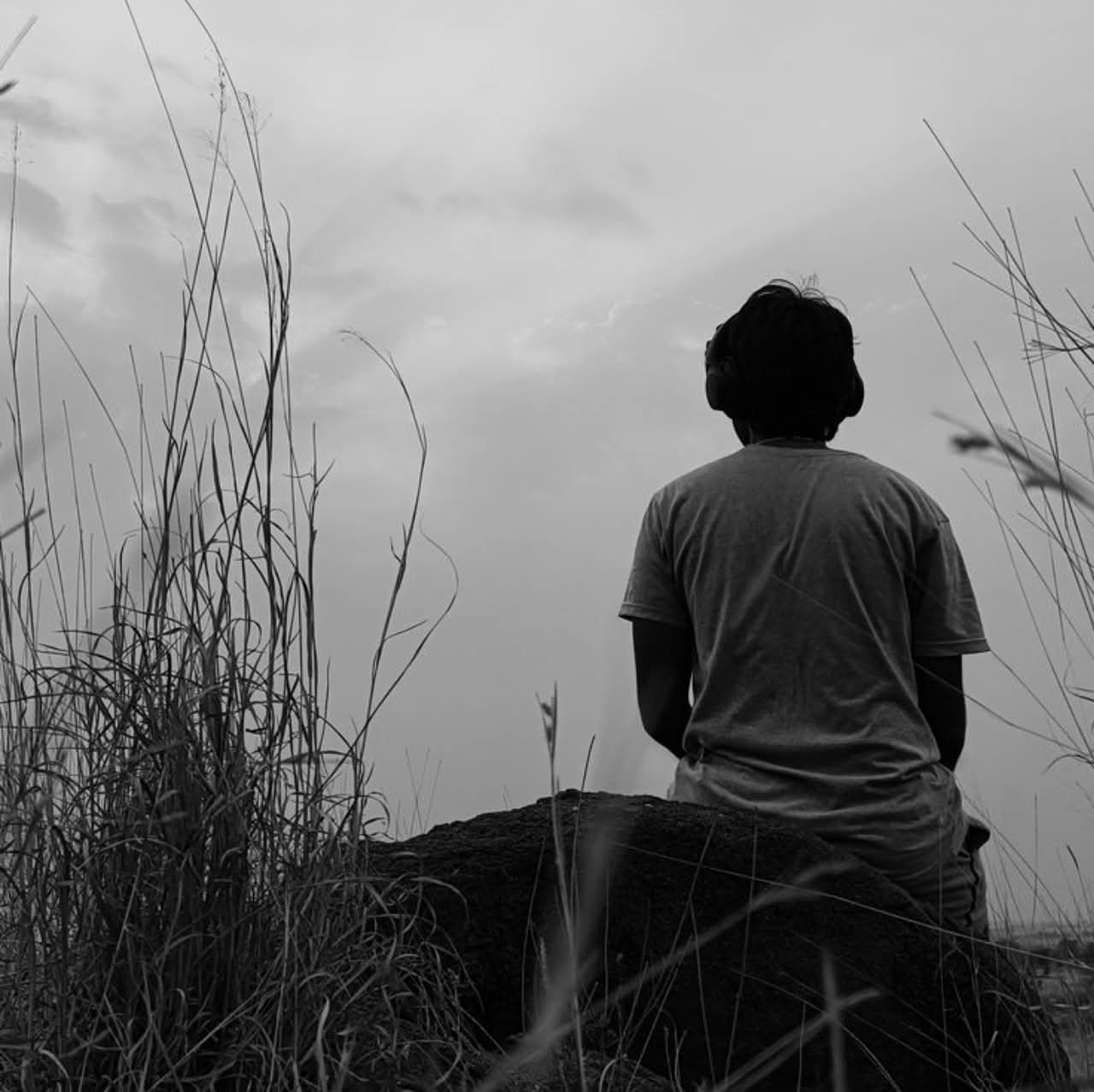
অযোগ্য স্থানে নিজের যোগ্যতা প্রমাণ করতে যেও না তার কারন গুলো নিচে উপস্থাপন �...Read more
View (8,922) | Like (0) | Comments (0)
মেয়েরা কুড়ি তে বুড়ি না। আসলে নতুন কুঁড়ি, সবে ফুটতে শুরু করে। কিন্তু ত্রিশের �...Read more
View (10,647) | Like (1) | Comments (0)অনেকে ভাবে প্রতিভাই সাফল্যের চাবিকাঠি।কিন্তু বাস্তবে প্রতিভা নয়, নিয়মিতত�...Read more
View (745) | Like (0) | Comments (0)
ভুলের করলে ভুলের ক্ষমা আছে, কিন্তু চালাকির নয়। ভুল মানুষ করে, কারণ মানুষ কখ�...Read more
View (796) | Like (0) | Comments (0)
এই ৩টা কথা আয়নার সামনে দাঁড়িয়ে নিজেকে প্রতিদিন বলুন। কোনো sugarcoating ছাড়া। 1️⃣ আপ...Read more
View (5) | Like (0) | Comments (0)
ভবিষ্যৎ ইন্টারনেটে সিক্রেট বলতে কিছুই থাকবে না! আর কিছুদিন পর, ইন্টারনেটে গ�...Read more
View (9,139) | Like (0) | Comments (0)
বিভিন্ন সুপার শপে, ব্রান্ডের জুতা কাপড়ের শো রুমে দেখবেন সেলস ম্যান / গার্ল-র�...Read more
View (23,464) | Like (0) | Comments (0)Fewlook is a world wide social media platform